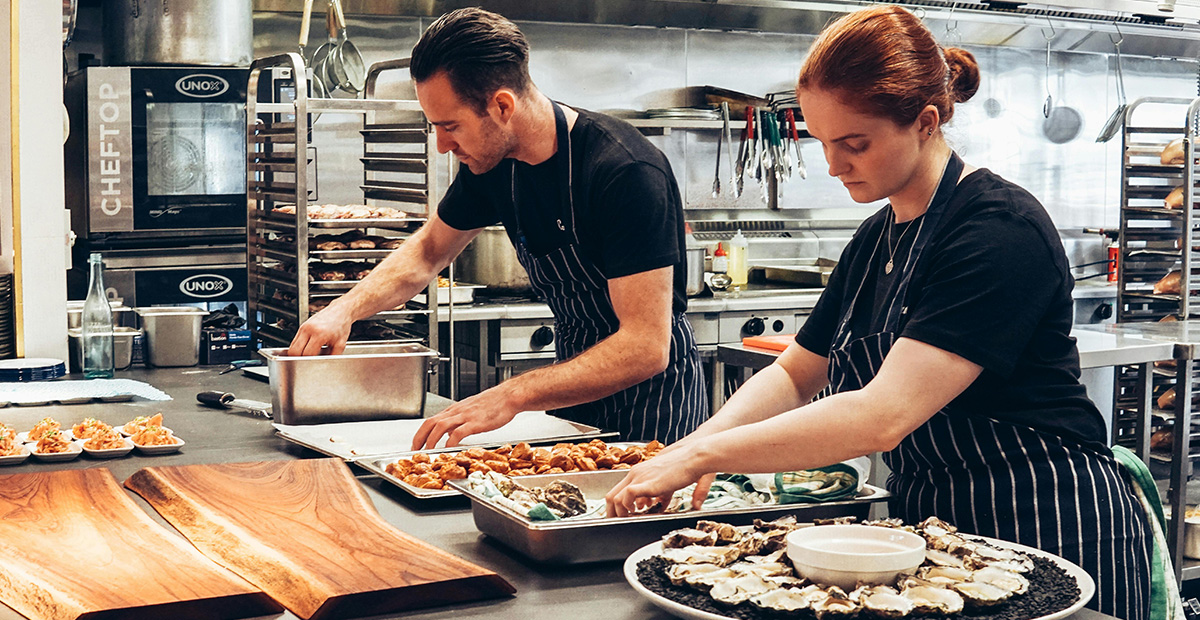Paper Bills Are Outdated—Here’s Why
Most restaurants still print paper bills, but let’s be honest—no one wants them. Customers either leave them on the table, crumple them up, or throw them away. Meanwhile, restaurants waste time, money, and paper printing receipts that aren’t even needed.
Digital bills solve these problems while improving efficiency, reducing costs, and making the customer experience smoother.
With 76% of UK consumers now preferring digital receipts over paper (Statista), it’s clear that printed bills are a thing of the past. Let’s explore why restaurants should make the switch now.
1. Digital Bills Speed Up Table Turnover
How long do customers sit waiting for the bill, then again for the card machine? This slow process delays new seatings and costs your restaurant money.
With digital bills, customers can:
• Receive their bill instantly via SMS or email
• Pay on their phone without waiting for staff
• Split payments quickly with friends
This eliminates unnecessary delays and helps restaurants turn tables faster—boosting revenue and efficiency.
➡ Want to improve table turnover even more? Check out the best queue management tools for restaurants.
2. Customers Want Contactless & Convenient Payments
Cash is disappearing, and customers now expect quick, hassle-free payments. Digital bills offer:
• Faster checkouts – No waiting for a physical bill or card machine.
• Contactless options – Customers can pay from their phone.
• Flexible payments – Easily split the bill, add tips, or choose their preferred payment method.
Solutions like yetipay let customers pay digitally at their table, making the process seamless for both guests and staff.
3. Reduces Costs & Environmental Waste
Every paper bill costs money to print—and most of them end up in the bin. Switching to digital bills:
• Cuts printing costs – No more wasted paper or ink.
• Reduces environmental impact – Less paper waste means a greener restaurant.
• Eliminates receipt storage issues – Everything is logged digitally, reducing admin work.
If you’re already focusing on sustainability in your restaurant, switching to digital bills is an easy way to reduce waste.
4. Better Customer Insights & Marketing Opportunities
Paper bills don’t give you any useful customer data—but digital bills do.
When a customer receives a digital bill, you can:
• Capture their email for future marketing
• Track order history and preferences
• Send personalised offers based on past visits
Restaurants that use email marketing see a 45% higher customer return rate (HubSpot). If you’re looking to grow your email list, digital bills make it effortless.
➡ Need help building your list? Read how to grow your restaurant’s email list.
5. Digital Bills Help with Accounting & Compliance
Keeping track of paper receipts is a nightmare. With digital bills, every transaction is logged automatically, making it easier to:
• Track sales in real-time
• Simplify tax reporting
• Ensure compliance with business regulations
No more lost receipts, manual data entry, or end-of-day reconciliation headaches.
➡ Want to track more than just payments? Learn about the top restaurant KPIs you should be measuring.
Final Thoughts: Digital Bills Are the Future of Restaurants
Switching to digital bills is a no-brainer. They:
✔ Speed up service and table turnover
✔ Give customers a faster, easier way to pay
✔ Reduce paper waste and cut costs
✔ Capture valuable customer data for marketing
✔ Improve accounting and compliance
The industry is moving towards digital payments—don’t get left behind.
To future-proof your restaurant, check out:
• The best queue management tools to reduce wait times




